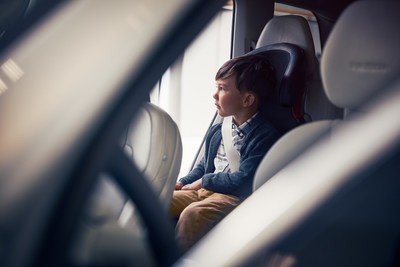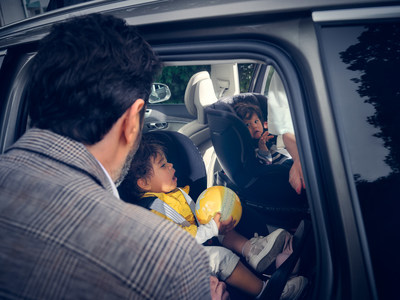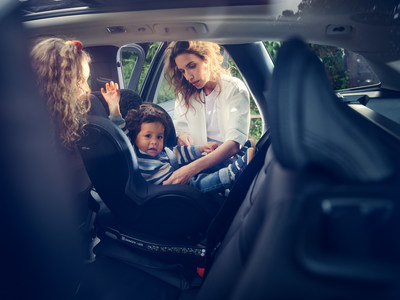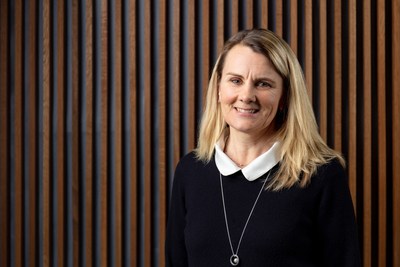
GOTHENBURG, Sweden, Oct. 15, 2020 /PRNewswire/ -- Volvo Cars, a global leader in car safety, recommends to seat small children up to the age of four facing rearwards inside cars, as decades of safety research demonstrate this to be the safest option of travel for small children.
Backed by those decades of research, Volvo Cars safety experts see rearward-facing travel for small children as the best practice worldwide, regardless of local laws or recommendations.
"For the best protection, children up to four need to travel rearward facing in cars, simply because their neck is too weak to support the head. It is categorically the best way to protect them," says Dr Lotta Jakobsson, senior technical specialist in Injury Prevention at Volvo Cars.
According to the American Academy of Paediatrics, car crashes continue to be the leading cause of death for children four years and older. After a rigorous study, they too recommend children sit in rearward-facing car seats as long as possible.
Volvo Cars is globally known for inventing the three-point seatbelt in 1959. But only a few years afterwards, Volvo engineers collaborated with Professor Bertil Aldman from Chalmers University on his invention of the first rearward-facing child seat concept.
Over 50 years later, despite the research and recommendations by the World Health Organisation to keep young children rear-facing , many countries still have little to no clear regulations governing child restraints in cars. Therefore Volvo Cars continues to advocate for rearward-facing child seats.
"I think the most important message to every parent is how kids are actually designed," says Lotta Jakobsson. "The bones of the neck are weak and the head is very heavy in comparison to the rest of the body. So the best way of protecting the child is to support them behind the back and the head together, minimising the movements in the vulnerable neck. This is the principles of rearward facing seats."
Some detractors of rearward-facing travel argue that children become carsick when their inner ear senses motion, but their eyes and muscles perceive stillness. Some parents find it hard to wrangle toddlers into rear-facing seats, while older children can also become bored easily without a view to keep them occupied.
Even with these frustrations in mind, Dr Jakobsson is adamant that rearward-facing travel should be recommended across the board.
"Unfortunately, we never know in advance when an accident will occur. In the event of a high-severity frontal impact, the rearward-facing may very well mean the difference between life or death to your child."
Volvo Cars Media Relations Phone: +46 31-596525 media@volvocars.com
Video - https://mma.prnewswire.com/media/1313387/Volvo_Anna_and_Martin_A_Survival_Story.mp4 Photo - https://mma.prnewswire.com/media/1312761/Children_and_Volvo_Cars_Safety_Seats_1.jpg Photo - https://mma.prnewswire.com/media/1312758/Children_and_Volvo_Cars_Safety_Seats_2.jpg Photo - https://mma.prnewswire.com/media/1312763/Children_and_Volvo_Cars_Safety_Seats_3.jpg Photo - https://mma.prnewswire.com/media/1312759/Dr_Lotta_Jakobsson_Senior_Technical_Specialist.jpg Logo - https://mma.prnewswire.com/media/1312760/Volvo_Logo.jpg





